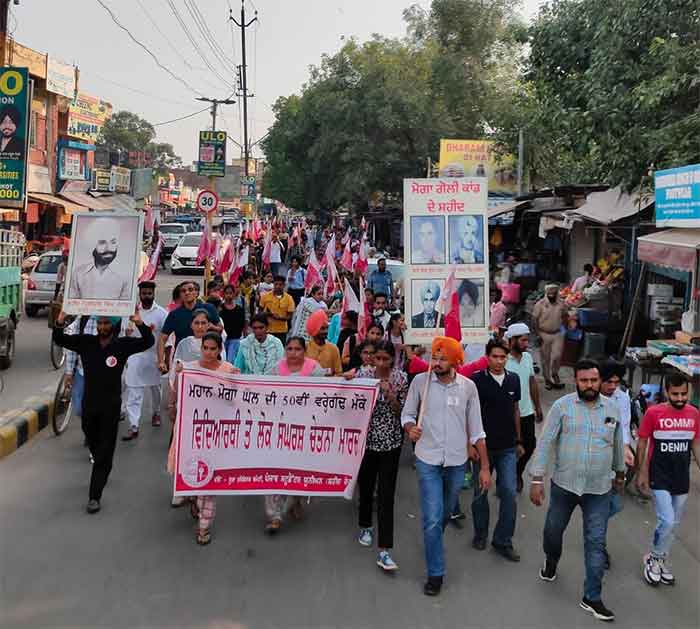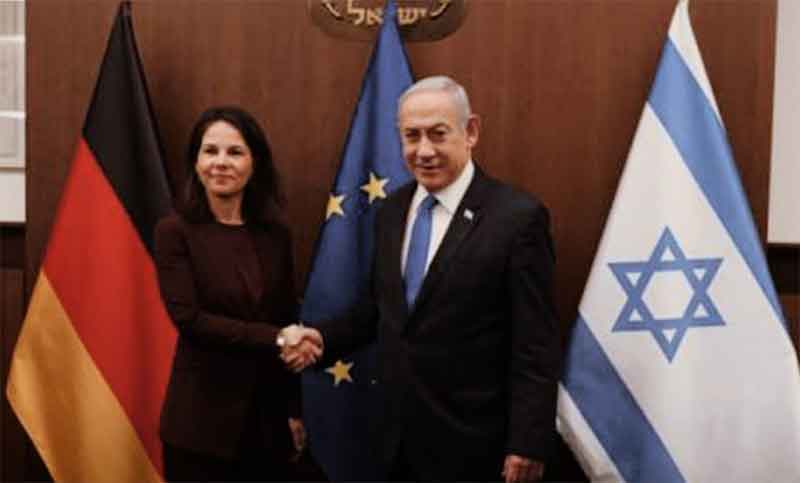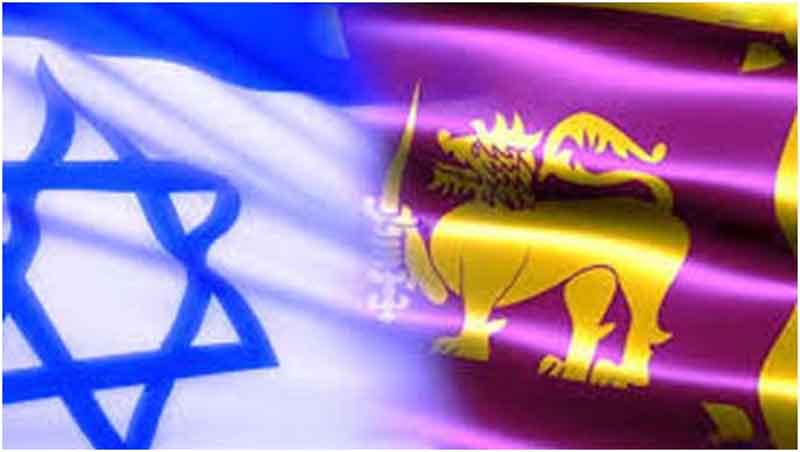
On 6th October the memories of the firing at Moga from 5-7th October in 1972, on the 50th anniversary ,were resurrected in fitting style by the Punjab Students Union(Shaheed Randhawa).Even if not so large in numbers it gave a qualitative effect in resonating the message o the martyred students. I was privileged to be part of the gathering and march and impressed with the dedication of the student community.
The firing at Regal Cinema turned a spark into prairie fire, being the cradle of the student and youth rebellion or precursor for the Moga Sangram rally of April 1974.It symbolized the wrath of the student’s community against the injustice of an autocratic society and garnered forces from all walks of life to confront the opressive social order. Significant that it coincided with the Student movement in Paris, the anti-Vietnam war protests, naxalite upheaval and the Chinese Cultural Revolution. Youth aspired to liberate themselves from shackles of imperialist and feudal culture. Valiantly the waged a battle against corruption, unemployment, fee hikes, lack of proper education facilities etc.It was a manifestation of the world wide spirit of rebellion amongst students ,in seek of liberation from oppression.
Today the cinema hall is in tatters manifesting the dark days. but the event still flashes like an inextinguishable light .With Hindutva fascist communalism flashing at wave democratic forces must imbibe lessons from Moga, firing 50 years ago.
The Moga agitation arose from a clash between college students and the management of the Regal Cinema in at Moga.They boldly raised their powerful voices against the black marketing of cinema tickets, in the Magistrate’s office. The management paid them deaf ear , as it was a threat to the vested interests of the private owners. A protest match was organised on October 5th .After the management displayed complete apathy, the student were infuriated ,picked up sticks and lathis from shops, and attempted to set the hall on fire. Displaying not the remorseless mercy, the police burst tear gas shells, and alter when they were unable to quell the spirit of the students, resorted to firing. Four persons, including a college student were killed. Prohibitory orders were enforced with imposition of Section 144.
On October 6th a spark turned into a prairie fire with flame of struggle spreading to colleges of Jagraon, Ludhiana , Jalandhar etc.Residents of Moga formed a student’s council. On October 7th members of the council, set the cinema hall on fire. The police again counter retaliated by firing, resulting in killing of two more persons. This crystallized an uprising all over Punjab. The Punjab government were so tickled that they ordered the closure of all colleges. In almost every city of Punjab, the student community burnt roadway buses and cinema houses, displaying death defying courage in confronting the prohibitory orders.
Photos of martyrs Kewal,Harjit, Gurdev and Swarn were garlanded in the inauguration of the October 6th conference. Punjab Students Union (Shaheed Randhawa) spokesman Amitoz Mann related the history behind the Moga Cinema firing and it’s repercussions. He in vivid detail traced its historical genesis in the soaring unemployment, corruption illiteracy, male chauvinism, castesim, religious communalism etc.Inspite of the Green revolution feudal practices were still rampant in agriculture with absentee landlordism the order of the day.Amitoz delved into the background of the movement of the stage managed encounters in the naxalite movement, Jayprakash Narayana and the later sprouting of emergency. Illustratively he summarised how the Moga firing crystallised a powerful revolutionary democratic system, hitting the ruling classes at their hardest point. In Amitoz’s view ,a genuine mass based movement was shaped in a most cohesive manner, which made inroads amongst the peasantry and landless labourers.Amitoz projected how the movement demarcated from the revisionist path of the All India Sikh Federation, who backed out of the movement, when it was soaring at a height. In Moga,the AISF had to flee to rescue themselves from the rage of the cadre of the Punjab Students Union.
Amitoz Maun highlighted how a revolutionary alternative was projected by the Punjab Students Union and the Naujwan Bharat Sabha recounting the Moga Sangram rally of 1974,the 1977 march for democratic Rights of around 2000 persons, the methods of struggles adopted to confront days of emergency, the murder of Prithipal Singh Randhawa, and subsequent protests, the protest against the bus fare hike in 1980,the revival of Sikh communal politics from 1982-85etc.He narrated how it was the weakness of the left and democratic movement that paved the way for the ascendancy of Sikh communalism and Khalistani movement.
The most important aspect Amitaaz he portrayed were the methods of organisation in tapping the potential of masses to knit them together and establish their striking power and methods of confronting state repression. Amitoz contrasted the mass methods with that of individual terrorism.
Punjab Students Union(Shaheed Randhawa) secretary Hoshiyar Salemgarh spoke about how globalisation and privatisation had penetrated the education system, and given a crippling blow to any welfare of the student community .He reflected how today privatization, had aggravated the economic crisis in education worse than the turmoil of the 1970’s ,making education almost unaffordable and selling it to the platter of the corporates.Hoshiyar spoke about how students were driven to go abroad ,being lured into careerism. In depth he delved on the social attacks waged by the government on deprived student sections, and how the policies were breaking the unity of the student community.Hoshiyar reflected how the Punjab Students Union inculcated a scientific spirit ,which is the very need of the hour today, with religious revivalism at a height.
Naujwan Bharat Sabha leader Ashwini Gudda spoke about the grave economic face of the country. He delved on the criminal attacks of the BJP govt and the anti-people economic policies. He propagated that it was imperative to unite the students, workers, peasants and labourers in a united front, to establish any progress. The manner globalisation tore the fabric of any welfare for the poor, was touched upon by him.Ashwini also spoke about the dangers of the rekindling of Sikh Religious fundamentalism.
BKU(Ugrahan)_ president Joginder Singh Ugrahan reflected how the Moga firing crystallised a new era or chapter in revolutionary democratic history. He firmly upheld that the mass movement today had it’s roots i that event and the its tradition or legacy must be shimmered even today. .Many leaders and activists were given birth by the agitation and seeds were planted for a genuine democratic organisation to evolve, in Ugrahan’s speech.Ugrahan also spoke about how the student community should play a vanguard role in challenging fascism.
The organisation demanded the construction of a library for students in the venue in the memory of the persons killed. It also demanded heritage status for the venue .In 1972 cinema was the biggest means of entertainment .Hoarding was a routine feature at that time with tickets often turning unaffordable.
Punjabi journal Surkh Leeh has consistently projected the history of the event and it’s significance in all aspects.
A weakness in the programme was very sparse representation of dalit agricultural labour and absence of leaders and activists of organisations of landless labourers. Still Overall the Punjab Students Union (Shaheed Randhawa) should be congratulated invoking life to the historical moment. In recent times it has conducted struggles against scrapping of scholarships for dalit students, against fee hikes and rationing of facilities.
The most notable struggles in recent times have been also jointly with the Punjab Radical Students Union, The Punjab Students Union (lalkar) and the Punjab Students Union, protests against NPR -NRC,against farm laws ,self determination of Kashmiri people etc.An issue dividing unity in the student movement is that of Sikh nationality or Punjabi nationality and whether a demand should be raised for federal rights against fascism. The Punjab Students led by CPI (ML) New Democracy calls for federal rights movement for Punjab, opposing the stand of PSU(Shaheed Randhawa).
Inspite of the resurgence of farmer’s movement, it is regrettable that the student and youth movement is on decline in Punjab, and unable to knit a mass political movement. Globalisation and imperialism has culturally entrapped the students and youth and diverted them from uniting in a progressive movement. Drugs and Communal divisive politics are also a hindrance. It is regrettable also that different sections of the revolutionary student camp in Punjab failed to unite. Today a movement has to be reformatted taking into account the vast changes, devising new forms of work. Emphasis has also to be given to the monster of Hindu fascism, and alienation of the dalit community.
Harsh Thakor is freelance journalist who has covered mass movements around India and frequently toured Punjab to report programmes.










































